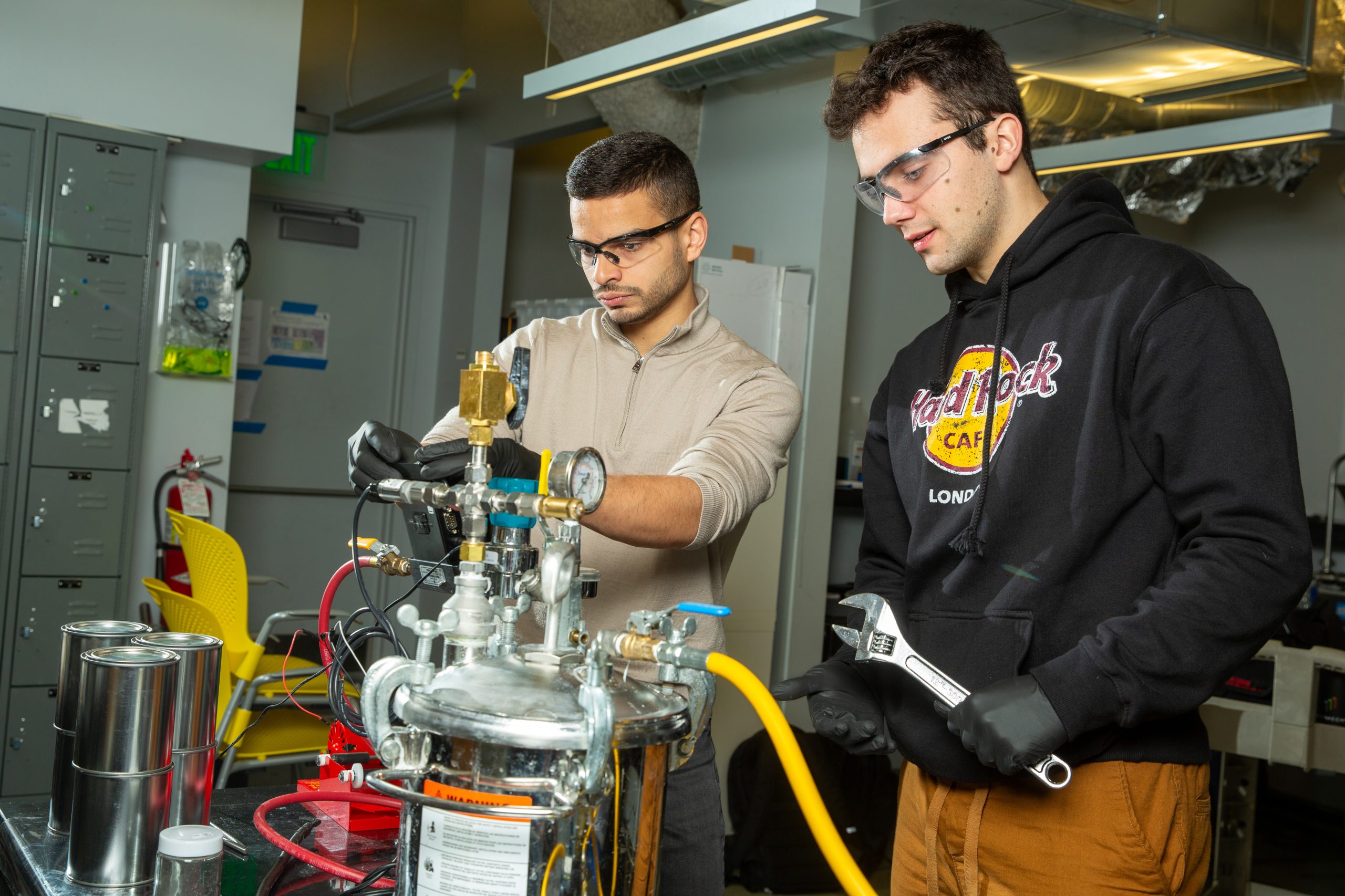Traditional assumptions about prehistoric society placed males in hunting roles and women as gatherers. A new study from the University of California, Davis upends this archaeological thinking with the discovery of what looks like the remains of a 9,000 year old female hunter found in the Andean highlands of South America.
The woman was laid to rest with stone projectile points and animal processing tools, objects that were used for hunting big game. The Wilamaya Patjxa site, where she was found, is located in Peru beside 26 other graves, including one of a male hunter buried with similar supplies.
Cases of female warriors and hunters are not unheard of in archeology. After the discovery, the team of researchers completed an analysis of archaeological literature from North and South America and found several other cases in which women were buried with similar tools. Other research sites have revealed that some Viking warriors were women.
Contrary to mainstream thinking, jobs for ancient men and women appear to have varied based on ability and age, rather than gender alone. There is certainly more archeological analysis to be done, but this research shows us that much like today, prehistoric gender roles were not black and white.
Image Source: MATTHEW VERDOLIVO/UC DAVIS IET ACADEMIC TECHNOLOGY SERVICES












